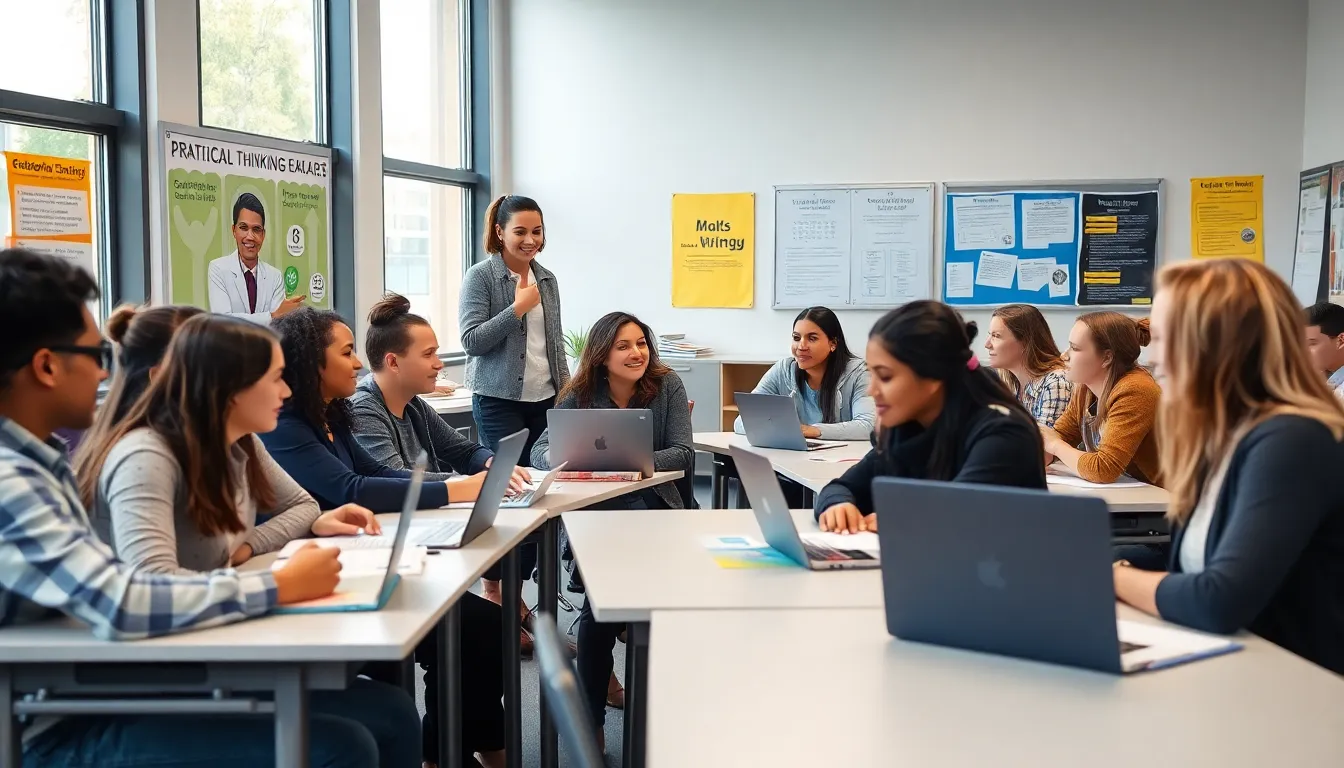In today’s educational landscape, student engagement and retention are not just buzzwords: they’re the cornerstone of a thriving learning environment. Think of it this way: if students are engaged, they’re more likely to stick around for the long haul, and that’s pretty good for everyone involved, especially the schools. So, how does one actually measure this elusive engagement? Using a blend of humor and insight, let’s jump into understanding not only what makes students tick but also how to keep them from ticking off.
Assessment Of Student Engagement And Retention

Defining Student Engagement
Student engagement refers to the level of interest, enthusiasm, and motivation that students exhibit while learning. It’s more than just attending classes: think of it as the spark that ignites a student’s journey through their academic pursuits. This can manifest through participation in discussions, involvement in group projects, or even asking questions in class. Essentially, when students are genuinely involved, they are more likely to absorb information and succeed academically.
Importance Of Student Engagement
Engagement isn’t just a trendy term tossed around in faculty meetings. It’s crucial for student success. When students engage, they are not just passive recipients of knowledge but active contributors to their learning experience. This lively participation often leads to higher grades and a deeper understanding of the material. Also, engaged students are more likely to develop critical thinking skills and maintain a passion for learning that extends far beyond the classroom walls.
Indicators Of Student Engagement
Quantitative Measures
Measuring student engagement can initially seem like trying to find your car keys in a dark room. But, quantitative measures provide tangible metrics to help educators gauge engagement levels effectively. Surveys, attendance rates, and grades can reveal a wealth of information. For instance, high attendance rates typically correlate with increased engagement and, let’s be honest, no one enjoys staring at an empty classroom.
Qualitative Measures
While numbers are great, they don’t tell the whole story. Qualitative measures dive deeper into the emotions and attitudes of students. Interviews, focus groups, and open-ended survey questions can unveil how students perceive their experiences. Feedback can illuminate what sparks joy or causes frustration in the learning process, giving educators the insight needed to make informed adjustments.
Strategies For Enhancing Engagement
Active Learning Techniques
Picture a classroom where students are not just sitting in rows, but actively engaged in discussions, debates, and hands-on activities. Active learning techniques, such as group work, role-playing, or problem-solving tasks, encourage students to jump into the material instead of merely skimming the surface. These strategies promote critical thinking and create a dynamic classroom atmosphere where students feel empowered to contribute.
Utilizing Technology
In a world that thrives on technology, it’s wise to incorporate digital tools into the learning process. Platforms for quizzes, discussion forums, and interactive simulations can elevate student engagement levels immensely. Utilizing technology allows students to connect their studies with real-world applications, capturing their interest in exciting new ways. Also, it caters to diverse learning styles, ensuring everyone has a chance to shine.
The Role Of Faculty in Student Retention
Building Relationships With Students
Students want to feel acknowledged, and that’s where faculty members can shine. Establishing genuine connections with students helps foster a sense of belonging. When students know their instructors care, they are more likely to stick around. This connection can be as simple as chatting after class or checking in on their progress throughout the semester, reinforcing the idea that their success matters.
Providing Support Services
Support services are the safety nets that many students need to thrive. Whether it’s tutoring, counseling, or career advice, schools should provide resources that cater to student needs. Faculty members should actively promote these services, ensuring that students know help is available when needed. After all, having a little guidance can make a significant difference in a student’s academic journey.
Evaluating Retention Rates
Factors Influencing Retention
Retention rates are influenced by numerous factors, ranging from academic performance to social integration. Students facing academic struggles may feel out of place, leading to decreased retention. On the flip side, those who engage actively with peers and faculty are more likely to stay. Educational institutions must identify and address these factors to promote a supportive and inclusive environment.
Best Practices For Improving Retention
Improving retention isn’t a one-size-fits-all approach, but best practices can serve as a foundation. Implementing orientation programs, offering mentoring opportunities, and fostering a community feeling can make a significant impact. Institutions should encourage student feedback and continuously adapt their strategies to meet the evolving needs of their student body. By understanding what works, educators can create a sustainable environment where students want to persist.

